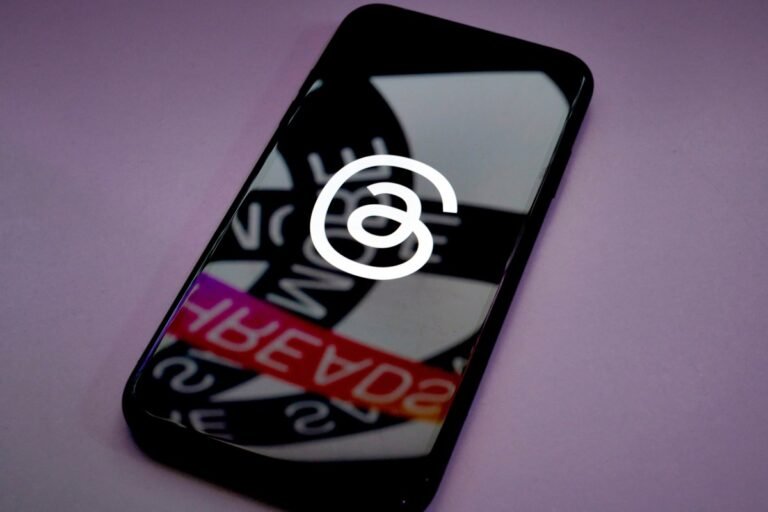
Threads’ roadmap for integrations with the fediverse, aka the network of decentralized apps that includes Twitter/X rival Mastodon and others, has been revealed.
In the meeting, which Coates characterized as a “good faith” effort by the Instagram team, the roadmap for Threads’ fediverse integration was laid out, starting with a December launch of a feature within the Threads app that would allow their posts to become visible to Mastodon clients.
Meta did, in fact, start testing ActivityPub integration in December, allowing Threads posts to appear on Mastodon.
In addition, this rule would potentially come into play when a user banned from Meta’s platform moved their content to another Mastodon server.
Other questions remained unresolved at this time — like whether Threads would surface third-party Mastodon content in its algorithmic feed, whether it would ultimately allow for algorithmic choice, whether Mastodon content would be made to appear visually differentiated from Threads’ content in some way, and more.
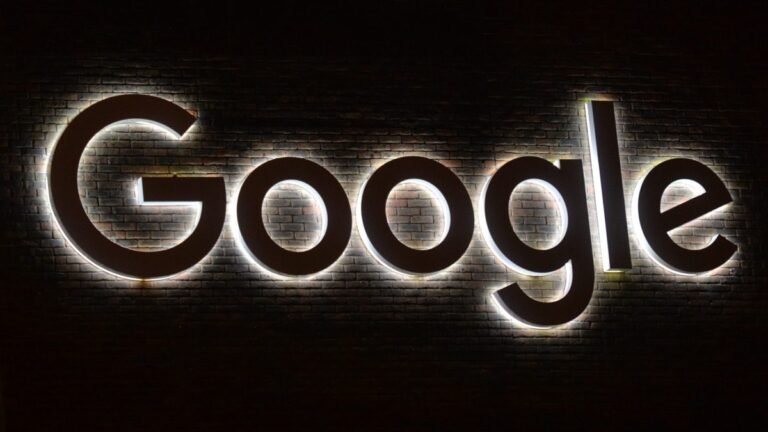
The affected divisions include voice-activated Google Assistant as part of the knowledge and information product team restructuring; and the Devices and Services PA (DSPA) team that manages Pixel, Nest, and Fitbit hardware.
Some teams are continuing to make these kinds of organizational changes, which include some role eliminations globally,” a Google spokesperson said in a statement.
The report also mentioned that Google will now have one core hardware engineering team instead of separate teams working on Pixel, Fitbit, and Nest.
Separately, the company has also let go of people working on the Google Assistant team, as reported by Semafor.
Last year, Google had rolling layoffs in different teams including the Waze mapping service in June, its recruiting team in September, and its news division in October.
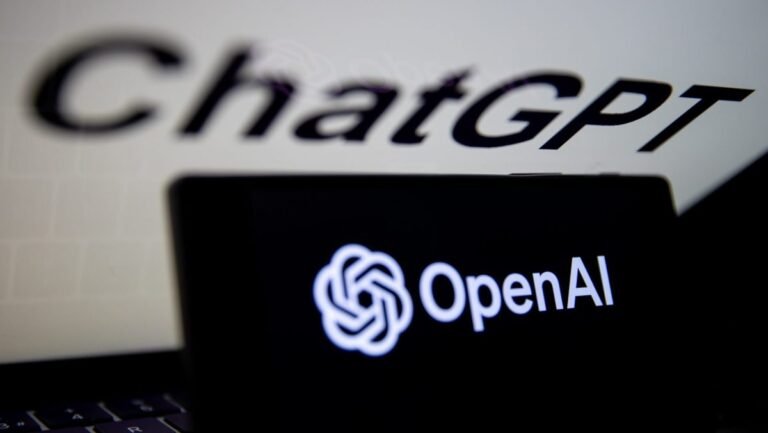
OpenAI is launching a new subscription plan for ChatGPT, its viral AI-powered chatbot, aimed at smaller, self-service-oriented teams.
Aptly called ChatGPT Team, the plan provides a dedicated workspace for teams up to 149 people using ChatGPT as well as admin tools for team management.
ChatGPT Team also lets people within a team build and share GPTs, custom apps based on OpenAI’s text-generating AI models.
ChatGPT Team is priced at $30 per user per month or $25 per user per month billed annually — higher than ChatGPT Plus, OpenAI’s individual premium ChatGPT plan, which costs $20 per month.
ChatGPT Team seems tailor-made for small- and medium-sized business customers who want team-oriented ChatGPT features without having to pay top dollar for them.
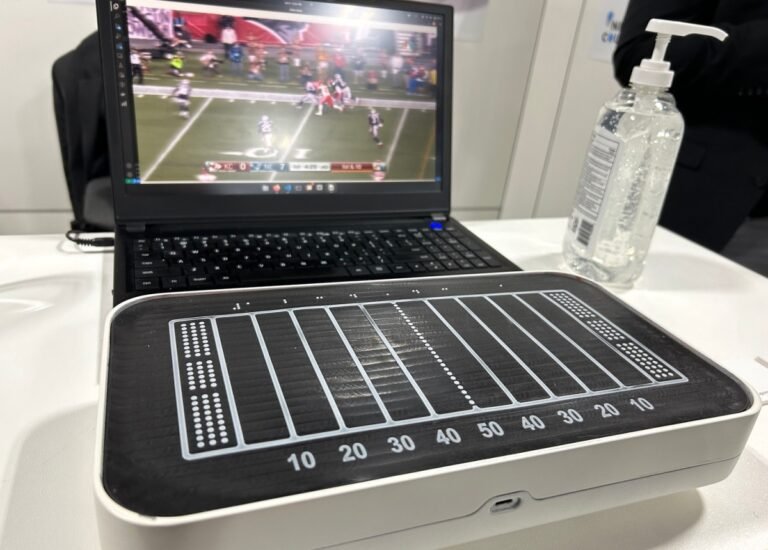
Sports fans most often take in their favorite game by watching it on TV or from the venue itself, but those with blind and low vision generally must rely on the announcer or a radio broadcast.
OneCourt aims to augment their experience with a lap-top miniature field that lets someone feel the position of the players and ball in near real time.
There’s nothing wrong with the radio broadcast, but it’s often delayed by 10 to 30 seconds, and neither it nor live announcers provide the spatial detail that sighted fans are treated to.
Fortunately, many major league sports broadcast the exact, real-time locations of the players and ball along with video and audio.
The OneCourt team takes this information and transmits it to a haptic display with a touchable cover imitating the pitch or field lines.

Employee performance reviews take time and effort — and aren’t always conducted very efficiently.
Seeking to make the performance review process easier — or at least less of a headache than it has been historically — Ben Hastings and Jon Malpass founded PerformYard, a platform that provides a collection of software-based retention, staff management and upskilling tools.
“PerformYard has been cash-flow positive with attractive unit economics for the majority of our existence as a business.”Prior to launching PerformYard, Hastings spent the majority of his career in tech as a go-to-market sales leader.
“In early 2013, I decided to go all-in on building a software-as-a-service platform for employee performance management and personally funded the initial team.
“Our mission is to simply enable and facilitate any performance process that our customers are looking to automate and improve,” Hastings said.

If you follow the world of robotic exoskeletons with any frequency, you’re no doubt aware of the two primary categories.
The latter category is often the domain of soft robotic exoskeletons – those with fabric parts designed to be more of a day-to-day assistive accessory.
In the case of people with Parkinson’s disease, “freezing” is a frequent issue that impacts the ability to walk, while increasing the likelihood of falls.
New research from a joint team from Harvard and Boston University, published in Nature Medicine, demonstrates how soft robotic exoskeletons can address the issue.
Without any special training, the patient was able to walk without any freezing indoors and with only occasional episodes outdoors.
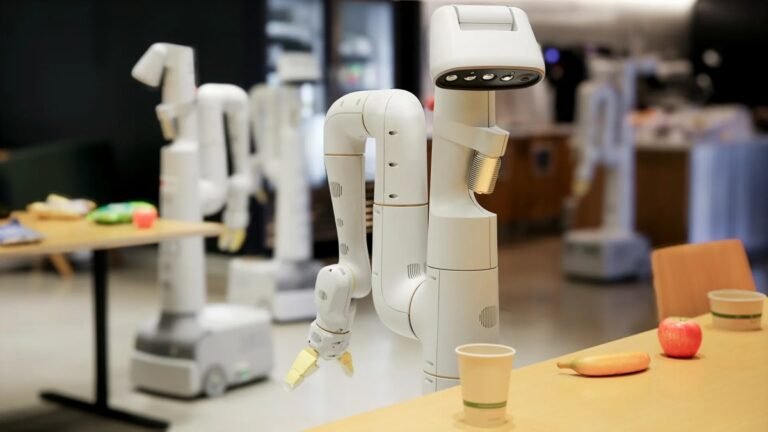
Google’s DeepMind Robotics researchers are one of a number of teams exploring the space’s potential.
The newly announced AutoRT is designed to harness large foundational models, to a number of different ends.
In a standard example given by the DeepMind team, the system begins by leveraging a Visual Language Model (VLM) for better situational awareness.
A large language model, meanwhile, suggests tasks that can be accomplished by the hardware, including its end effector.
LLMs are understood by many to be the key to unlocking robotics that effectively understand more natural language commands, reducing the need for hard-coding skills.
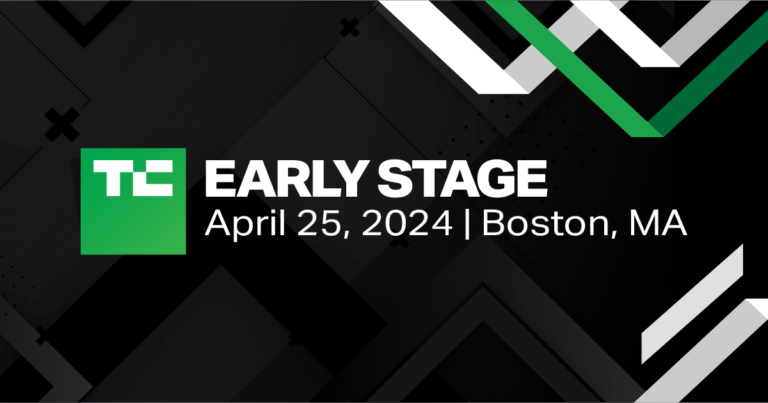
Apply to speak at TechCrunch Early Stage 2024, taking place on April 25 in Boston, and share your hard-won expertise with new and aspiring startup founders.
TechCrunch Early Stage 2024 dates you need to know:Application deadline: January 10 at 11:59 p.m. PTAudience Choice finalists notified: January 24.
TechCrunch Early Stage 2024 takes place on April 25, 2024, in Boston, Massachusetts.
Buy a TechCrunch Early Stage pass now — just $149 — and join us in Boston!
Is your company interested in sponsoring or exhibiting at TC Early Stage 2024?

Positioning itself as the “Etsy of food,” HomeCooks has grown rapidly and today serves around 7,000 customers.
Quick spoiler alert here: At 25 slides, this deck is way too long, but it’s also one of the best pitch decks I’ve seen in a hot minute.
Slides in this deckThe company shared its 25-slide deck in full, without redactions or edits.
In this deck, HomeCooks shows that it has figured out how to make this work.
In the rest of this teardown, we’ll take a look at three things HomeCooks could have improved or done differently, along with its full pitch deck!

OpenAI is expanding its internal safety processes to fend off the threat of harmful AI.
In-production models are governed by a “safety systems” team; this is for, say, systematic abuses of ChatGPT that can be mitigated with API restrictions or tuning.
Frontier models in development get the “preparedness” team, which tries to identify and quantify risks before the model is released.
So, only medium and high risks are to be tolerated one way or the other.
For that reason OpenAI is making a “cross-functional Safety Advisory Group” that will sit on top of the technical side, reviewing the boffins’ reports and making recommendations inclusive of a higher vantage.













